Spain: The false myth of the bottomless pit of irrigation
Water resources are under severe pressure in Spain among the different sectors: agriculture, population supply, energy production, industry, tourism and environment. The latest crisis in Mar Menor has only made this situation worse. Competition amid sectors and regions is causing part of the public opinion to question the current role of irrigation.

The agony of Mar Menor
The Mar Menor is one of the largest coastal lagoons of Europe, occupying around 13,500 hectares, separated from the Mediterranean by a 21-kilometre sandbar in the Region of Murcia. It was characterised by its hypersaline and crystalline waters, which differentiated it from many other European coastal lagoons with turbid and brackish waters. It is a very popular area especially for domestic tourism.
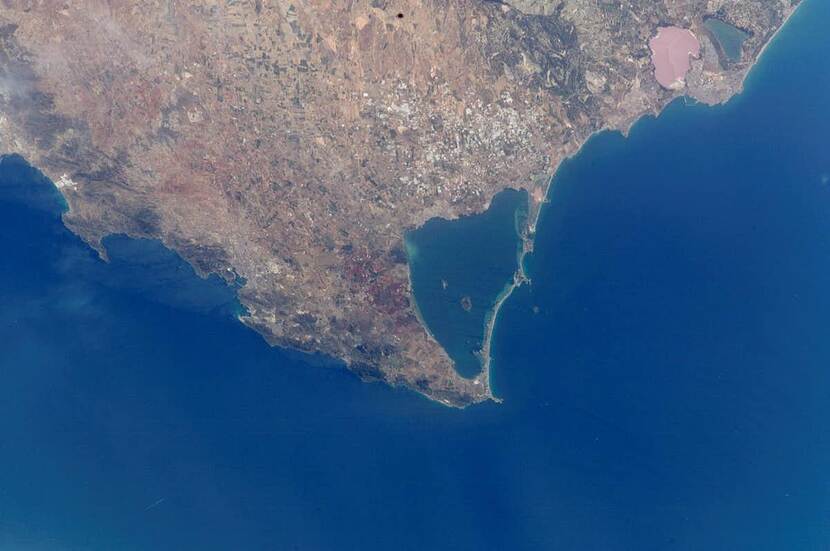
Furthermore the southwestern Region of Murcia has extremely fertile land but the climate is dry with very little rainfall, meaning that for over a century locals have been looking to extract water from whatever source possible. Thanks to the water it has been receiving from the Tagus-Segura transfer since the early 1980s, it has been possible to implement irrigation mainly in the area called Campo de Cartagena, where vegetables are successfully grown.
At the end of August, 2021, some five tons of dead fish and shellfish washed up on the Mar Menor’s cost in an environmental disaster that it had been brewing for some time.
The Mar Menor receives excessive inputs of nutrients through the ravines that collect excess water from horticulture and tons of urban waste from the municipalities in the area, which at this stage still do not have effective control of their sewage networks.
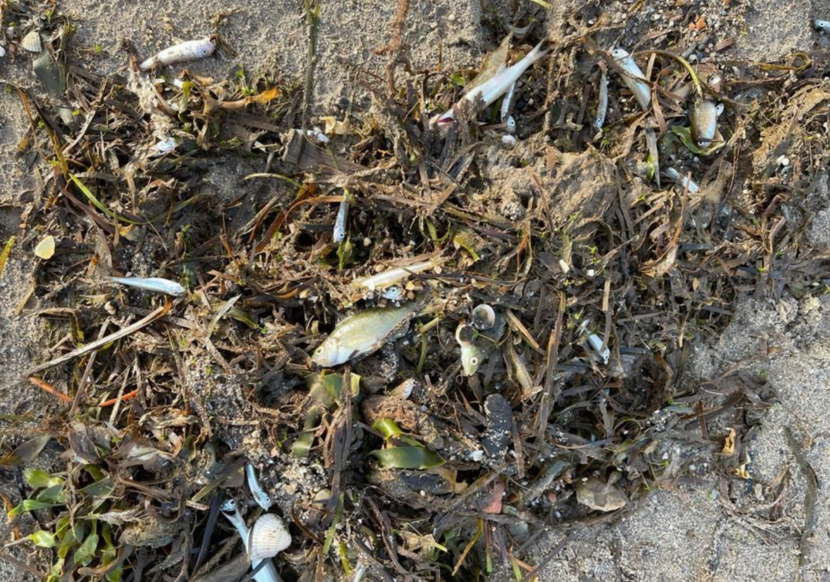
The greatest threat comes from spills of nitrates, mainly, and phosphates which lead to the proliferation of oxygen-consuming organisms to lethal levels. These conditions trigger a phenomenon called eutrophication. It is caused by the anoxia of the water and leads to the death of the lagoon fauna. A similar phenomenon was seen in 2016 and 2019 although the latest evidence of this in August 2021 is the worst on record.
What’s behind this environmental crisis?
The Mar Menor crisis is a multifaceted catastrophe of enormous environmental consequences which Spain has failed to solve for decades.
Before the current crisis, the Mar Menor had been under pressure from metal mining and urban development and its associated tourist infrastructure. The Mar Menor has also suffered in recent years from the toxic effects caused by the discarding of nitrates from illegal irrigation.
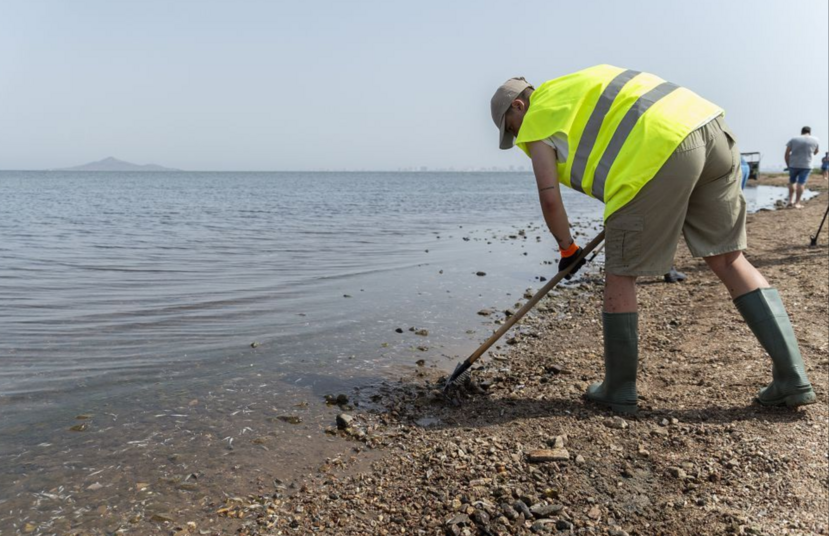
However, for many Spaniards, the implementation of intensive irrigation in Campo de Cartagena, is directly responsible for the current catastrophe. Some other part of the Spanish population, as well the farming sector, supports the regional horticulture. Their position could be summarized in the article’s title published by an expert from the Polytechnic University of Cartagena, Dr. Mariano Soto, “The false myth of the bottomless pit of irrigation”.
Farming sector position
This crisis, together with the fact that agriculture is the sector that consumes the most water, is causing some parts of the population to begin to point to irrigation as a bottomless pit, highlighting that in Spain there is a continuous increase in water consumption without policies to reduce demand.
According to Dr. Soto, “the irrigation sector has been clearly committed to sustainability for years, and its main objective is to make its activity fully compatible with the environment. For this reason, irrigators base their management on the modernization of their infrastructures and the promotion of new technologies”. As an example, this expert provided two figures: between 2002 and 2016, irrigation reduced its water consumption by 14%, while in the same period the irrigated area increased by 9%.
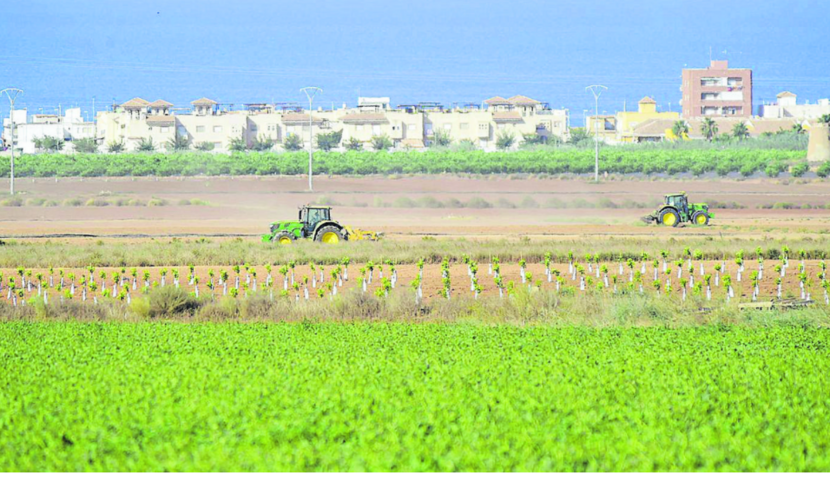
Just over €1 billion from European recovery funds will be allocated by the Ministry of Agriculture partly for the modernization of the irrigated lands (more info here: https://bit.ly/38UA1nG). Over 1 million hectares of the 3.8 million that Spain has will be modernized in the next two years. According to Minister Planas, “ 23% of the cultivated area in Spain is irrigated, but 65% of the final agricultural production is generated there”. "Sustainable irrigation, together with digitalization and attracting young people are the three pillars on which the agricultural activity model will be based in the near future”, he added.
Environmental collapse which could have been avoided
For the vast majority of environmental groups and many scientists, the current situation is primarily the consequence of an "industrial horticulture" system. From the 1980s onwards, the irrigated area increased, with varying degrees of legality, until it reached 60,000 hectares in Campo de Cartagena. According to Miguel A. Esteve, professor of Ecology and Hydrology at the University of Murcia, each hectare of the lagoon is influenced by 4 hectares of irrigated land. Esteve estimates that, of the total nutrients that reach the Mar Menor, 85% come from agriculture and horticulture.
Saving Mar Menor from politicians
“Despite all the precedents of deterioration of this ecosystem, nothing has been done to save the Mar Menor”, according to an editorial published by the newspaper El Mundo.

This is mainly due to the lack of a political agreement, as demonstrated by the current confrontation between the Minister for Ecological Transition and the President of the region. While the national government has irresponsibly focused on the agricultural sector - ignoring other factors that influence the alarming state of the Mar Menor, such as drought or the lack of a drainage network - Murcia is demanding the implementation of works included in the so-called Zero Spill plan.
“It is clear that the intensive agricultural model, despite the efforts to modernize irrigation, generates an environmental cost”. However, the authorities must make tangible commitments to prevent the devastation of a unique natural habitat. None of the public administrations involved can shirk their responsibilities. Ecological Transition is responsible for the control of aquifers and groundwater management. It is up to Murcia to put a stop to illegal spills. “The future of the Mar Menor depends on cooperation between governments”.
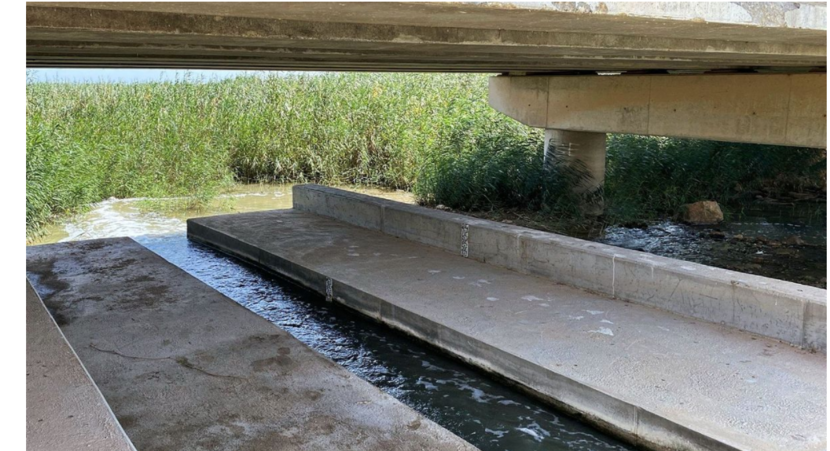
Reducing harvests by half
The solutions will come from different areas, but there is a fixed idea in the current government: “the ecosystem does not admit any more development, neither agricultural nor urban”, Teresa Ribera, Minister for the Ecological Transition, summarized when visiting the area. "Working to reduce incoming pollutants means increasing restrictions on agriculture," she added.
She proposed in parliament to continue with the persecution of illegal crops and pits while increasing the restrictions on permitted agriculture in the area. Specifically, she referred to the prohibition of all fertilizers, both organic and inorganic, in the 1,500 meters of coastline in front of the Mar Menor (called zone 1) as well as the reduction by half of the annual harvests in the next agricultural zone (zone 2), allowing only two harvests/year compared to the current 3-4 harvests/year.
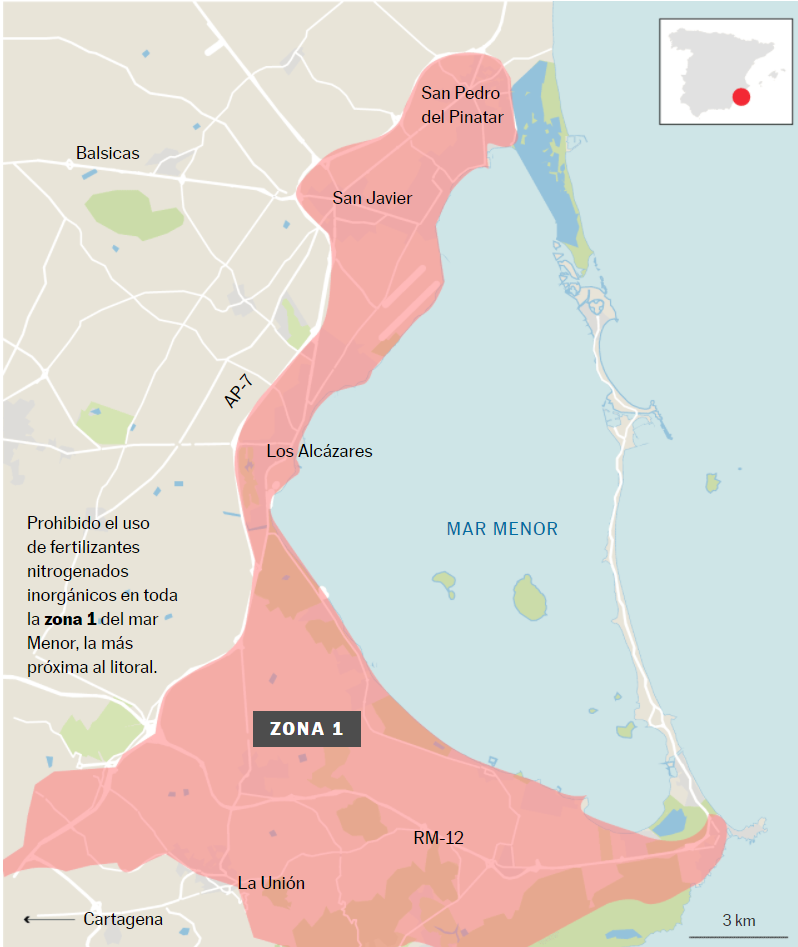
During one of her meetings with the regional government of Murcia, the minister also recognized that to recover the Mar Menor will require a whole battery of measures in different areas, beyond agriculture. She strongly supports the "protection of the hydraulic public domain".
More info on water related to Spanish agriculture: https://bit.ly/3tCTNxo
Several sources